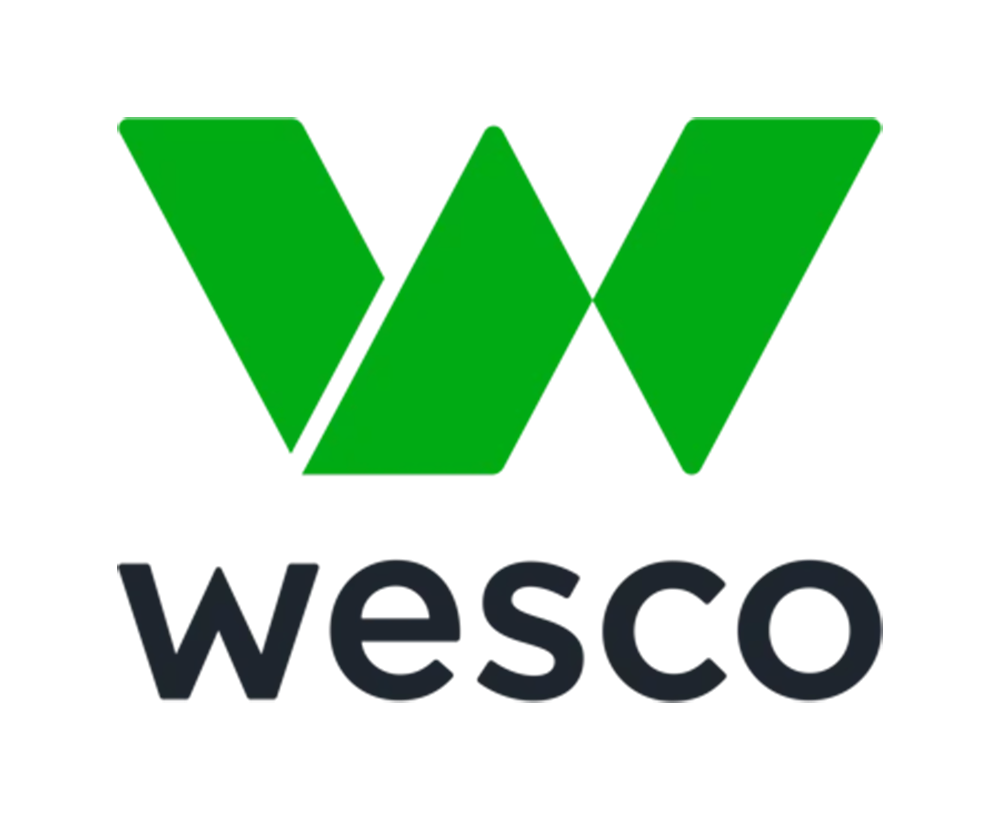Security, A/V, IoT technology convergence is key to digital transformation, Langley says
By Cory Harris, Editor
Updated 2:35 PM CDT, Wed June 12, 2024

DALLAS—Phil Langley sees the convergence of security, A/V (audio-visual) and IoT technologies as key elements in organizations’ digital transformation journeys.
Langley, Wesco’s SVP, global enterprise A/V and UCC (unified communications and collaboration), told Security Systems News (SSN) that this technology convergence is extremely vital in areas such as smart building infrastructure and responding to threats that target organizations.
 “As organizations continue to digitally transform, technologies that were once deployed and maintained independently are now linked together via IoT and enhanced network infrastructure or what we would call IT-OT network convergence,” he explained. “Faced with more data, more operational challenges, and more security risks, companies are increasingly seeking integrated security and A/V applications.”
“As organizations continue to digitally transform, technologies that were once deployed and maintained independently are now linked together via IoT and enhanced network infrastructure or what we would call IT-OT network convergence,” he explained. “Faced with more data, more operational challenges, and more security risks, companies are increasingly seeking integrated security and A/V applications.”
Langley noted that these technologies are converging because they are all now endpoints on a converged network, and the network is owned by the office of the chief information officer (CIO).
“The buying process for pro A/V end users used to include many stakeholders, for example, in facilities and security,” he said. “Because today’s technology is network-centric and often owned by IT, the decision making and purchasing decisions are easier for the end user. An easier buying process accelerates the convergence trend, making adoption of pro A/V technologies simpler and easier.”
Impact on systems integrators
Langley pointed out that the convergence of these technologies will only benefit systems integrators going forward.
“With security and A/V both an endpoint on the network, this expands the pie for a systems integrator into different technologies,” he noted. “The A/V industry used to be very bespoke with disparate technologies. Today, there is more standardization, and all these technologies have one commonality – the pro A/V business barriers to entry are much lower today than they used to be due to technology standardization and commoditization.”
He added that security integrators are realizing that they can expand their business with this standards-based technology, noting that some integrators are recruiting pro A/V experts, or even acquiring pro A/V companies to build new capabilities within their business because of the changing nature of both the security and pro A/V industries.
“This trend is working in both directions, with security integrators adopting pro A/V technologies and vice versa,” Langley stated. “Integrators have two key goals – grow their business and increase profitability – and this convergence allows them to achieve both.”
Leading the charge
As a global provider of security and A/V supply chain solutions, Wesco is helping its customers, suppliers and partners prepare for and leverage a digitally transformed future.
Langley noted that Wesco not only helps integrators deploy converged A/V, security and IoT technologies, but also navigates its own digital transformation journey, while helping customers around the globe navigate theirs. “With technical experts worldwide, we offer services and solutions to help customers achieve their most aggressive goals,” he said.
Looking ahead, Langley pointed out that the pro A/V industry – with over $300 billion in revenue in 2023, according to AVIXA’s 2023 Industry Outlook and Trends Analysis – is anticipated to add nearly $100 billion in revenue by 2028, and this significant growth will help create opportunities for integrators.
“There’s never been a better time for security contractors and integrators to consider getting into the pro A/V business,” he said. “With this growth, we anticipate consolidation as well, with systems integrators consolidating to take advantage of this $400 billion global market opportunity.”
Comments